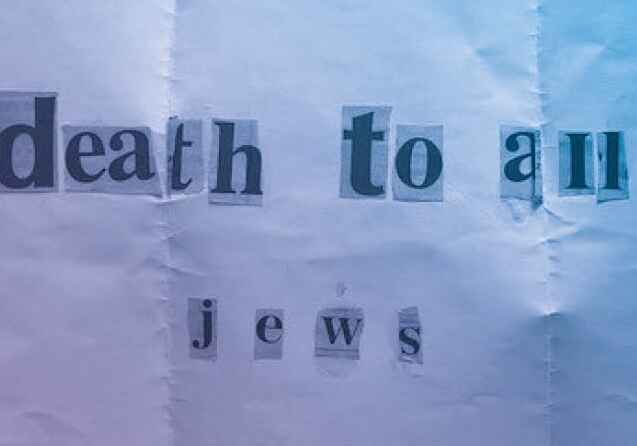CST Blog
Hate Crime Blog launched
9 October 2009
The Hate Crime Research Group, an alliance of academics, activists, policy makers, practitioners, researchers and students, has launched The Hate Crime Blog, which will feature stories and analysis covering all types of hate crime.
The coordinator of the Hate Crime Research Group is Paul Iganski of Lancaster University, author of Hate Crimes Against London Jews and Hate Crime and the City. The Hate Crime Blog is sure to be a valuable addition to the research and policy work on hate crimes; below is its first post, by Paul Iganski, on the abuse suffered by Fiona Pilkington and her family.
Time to stop trivialising hate incidents - Paul Iganski
Most of the types of abuse that Fiona Pilkington and her family were subjected to stone throwing, verbal abuse, windows smashed are regarded by some involved in policy and intervention against hate crime, and even by some who write about the problem, as low level and less serious compared with violent attacks.
It is time to put an end to such a notion, and time to nip in the bud any idea that what are seen as trivial hate incidents shouldnt be recorded to cut down on police paperwork, as the Pilkington case tragically demonstrates that so-called minor abuse can have major impacts.
An accumulating body of research shows that hate crimes hurt more than similar crimes committed for other reasons. In the case of racist incidents my own research using evidence from the British Crime Survey, reported in the book Hate Crime and the City, shows that higher proportions of victims in incidents believed to be racially motivated, compared with victims of other comparable crimes, reported feelings of shock, fear, depression, anxiety, panic attacks, loss of confidence, vulnerability, difficulty sleeping and crying. Whats more, victims of so-called low level incidents, many of which would not be criminal offences, and victims of so-called serious incidents, report similar levels of these post traumatic stress type symptoms.
This might not seem to make sense at first until we appreciate that victims of hate incidents are targeted because of some aspect of their identity, because of who they are, which is often something they cannot hide even if they wanted to. And when somebody is targeted at home, the threat to their sense of safety and security is obviously magnified.
Understanding the harms inflicted by what might be perceived to be trivial, minor, or low level hate incidents is a lesson that desperately needs to be learnt from the Pilkington case so that all such incidents are treated seriously and so that all victims are offered the support they need.
Note: The Association of Chief Police Officers in its 2005 publication Hate crime: Delivering a better service. Good practice and tactical guidance, defines a hate incident as: Any incident, which may or may not constitute a criminal offence, which is perceived by the victim or any other person, as being motivated by prejudice or hate.
Paul Iganski is a Senior Lecturer in Social Justice at Lancaster University who specialises in teaching and applied research on hate crime. His two most recent books on the subject are The Consequences of Hate Crime (2009) and Hate Crime and the City (2008).
Read More

Antisemitic Incidents Report January-June 2025
6 August 2025

CST Summer Lunch 2025
25 June 2025
CST Annual Dinner 2025
26 March 2025
